The Trees Can Speak: In Conversation with Prasiit Sthapit
Asia Arts Future (South Asia) 2023 awardee Prasiit Sthapit works across different formats in his work. Inakshi Sobti, Chief Executive Officer of the Asia Society India Centre, mentions how Sthapit’s work “…is stunning and profoundly relevant to life in South Asia. His photographs document the enormity of political tumult, conflict and living history through ordinary lives. His practice embodies what we look for in the Asia Arts Future (South Asia) award: a new way to understand South Asia, a voice we need to hear from a place we recognise but don’t know.”
In this continuing conversation, Sthapit reflects on the conversations he undertakes in gathering stories from people, places and traumatic pasts. He notes how his approach towards subjects remains fundamentally the same, even though his expression and grammar of articulation evolve differently in a processual manner. Sthapit shares an anecdote about working on Nepal’s Maoist rebellion in Red is the Colour of Spring, which made him realise how landscapes imprint political history. He also addresses how he navigated people’s traumatic pasts through his interactions.
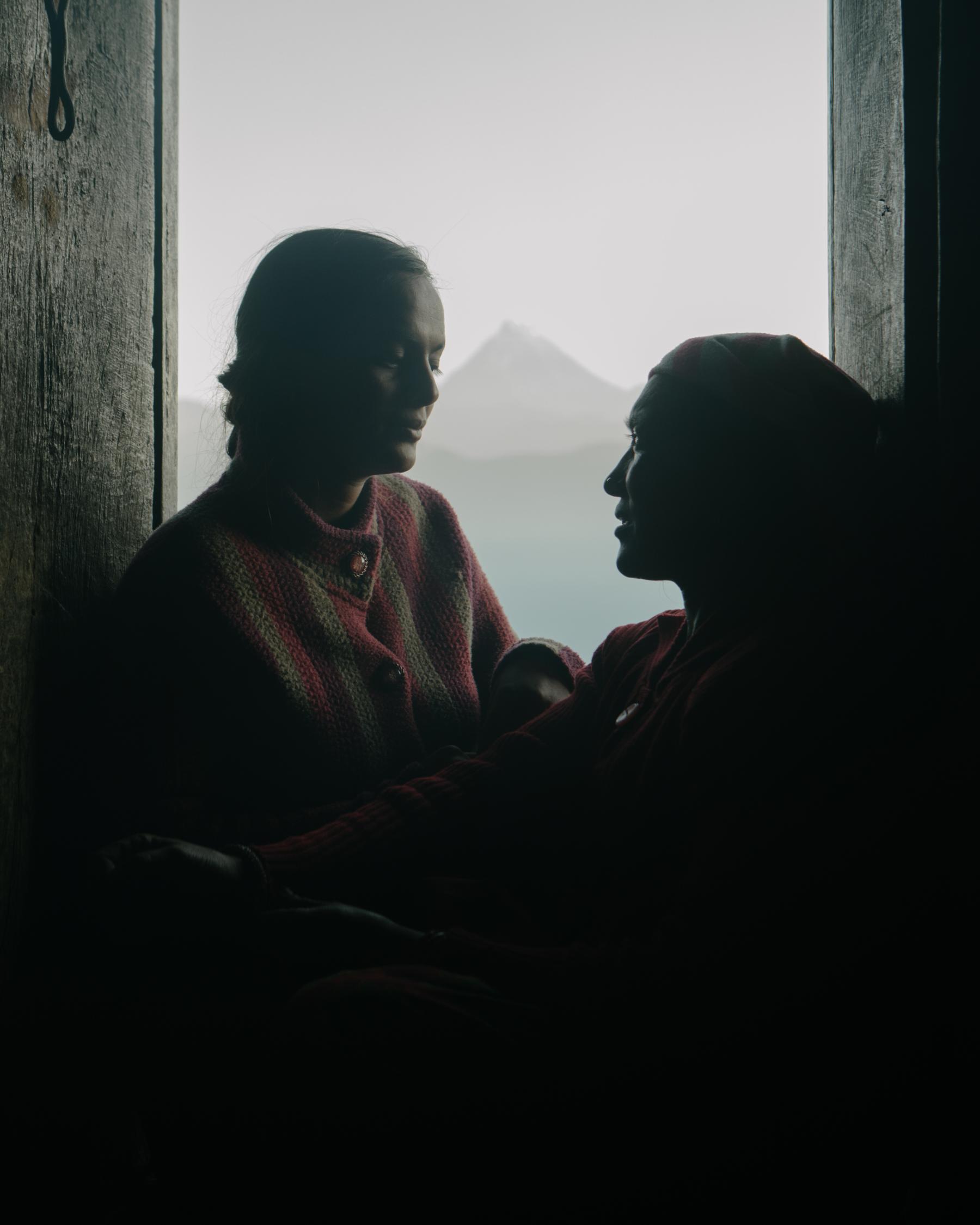
From the series Red is the Colour of Spring.
Santasil Mallik (SM): How do you conceive of the documentary genre? For example, in projects like The Mysterious Case of Pushpa and Others, you are delving into a forensic tracing of details, material remnants and other information with an interrogative bent. On the other hand, in projects like The New Silk Road, you are dealing with much more intangible aspects, such as understated anxieties over language and ethnicity. How do you steer the documentary photography medium in these disparate directions?
Prasiit Sthapit (PS): It again stems from the state of my curiosity. Labour migration has been a major issue in Nepal in the last decade, ever since the end of the war. But this aspect of the disappearance of labour migrants was something new to me. So, I really wanted to know more about it. When I started talking to the relatives of the missing workers and started working with their material histories, it became like an investigation. I was looking at a lot of writing or documents about the families, accessed through NGOs, and it took an investigative turn. Therefore, the documentary medium reflected that. The New Silk Road and Change of Course emerged differently. But it also emerged from my approach towards people and stories. First, I talk to people, involve myself in the location, and then I photograph them. The way I photograph them might be different, but the process of how I gather stories has always remained the same.
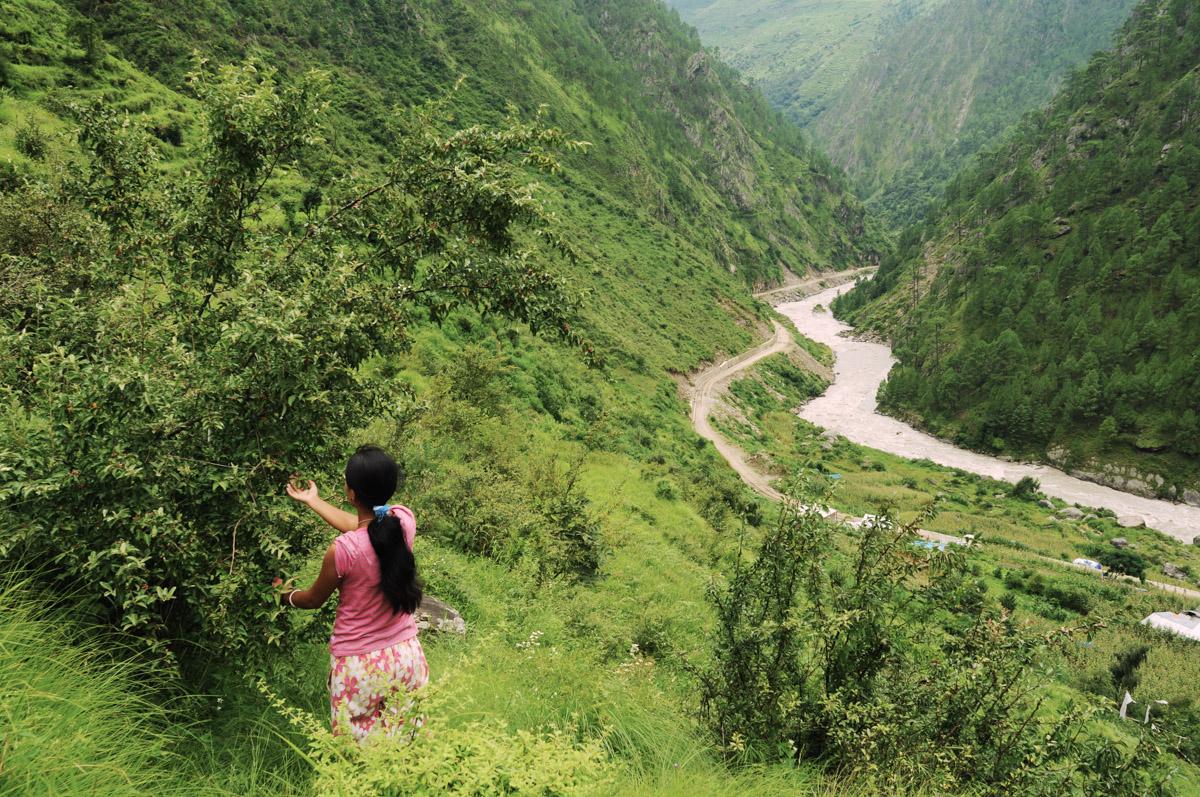
From the series The New Silk Road.
SM: You also work in a dual format—long-term documentary projects around an issue and then the more loosely strung, poetic stream of images that you call “short stories.” How is the process different for you?
PS: Acharya, for example, takes place in the same region where The New Silk Road was shot. While shooting for the latter, I came to know about the Timore village, where the festival of Mane Chopka occurs. Again, when I went there to photograph with the aesthetics I was used to in that region, I felt paralysed. It is a crazy, chaotic festival, which made it impossible for me to take images in the way I was shooting The New Silk Road. Moreover, since the festival takes place at night, I realised that I could not photograph it in the same manner, but I could just experience it. Later, a journalist friend of mine, the editor of Record Nepal, came on board. Together, we created a story using strong flashes, capturing the festival’s dynamism. Hidden Places came out of a three-week artist's residency in Finland, where I walked around taking photographs of whatever I could find, not knowing what to do with the images. I started writing on the prints, which became like a diaristic process for me. Whenever I stumbled upon something remarkable, I took photographs and wrote my thoughts on them. A similar process underlay Close to Somewhere Else/Ticking, which felt like writing a diary. But sometimes, as in this case, I still need to think about what those images mean to me, what they did to me and so on.
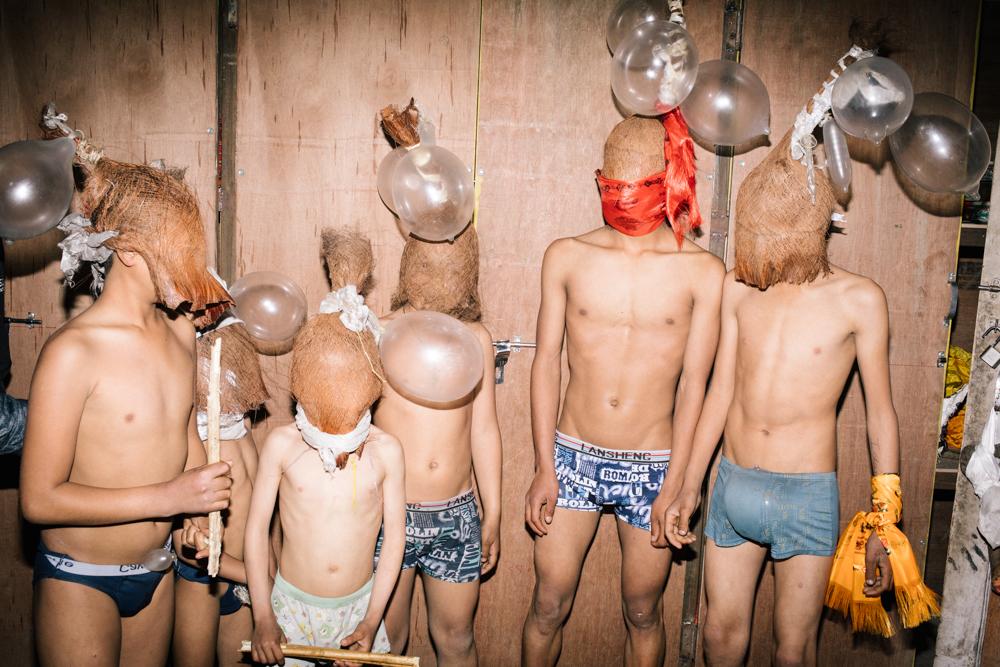
From Acharya.
SM: What kind of work are you occupied with these days?
PS: Currently, I have just been looking at a lot of photographic works from different places and watching films. As part of my research, I am also reading Marxist literature thoroughly, including texts from the Nepali Maoist movement, poetry, and plenty of memoirs written by Maoist activists, musicians, members of the Peoples’ Liberation Army (PLA), etc. The majority of Nepali literature has war woven through it in some way or another, as it has been such an indelible part of our contemporary history.
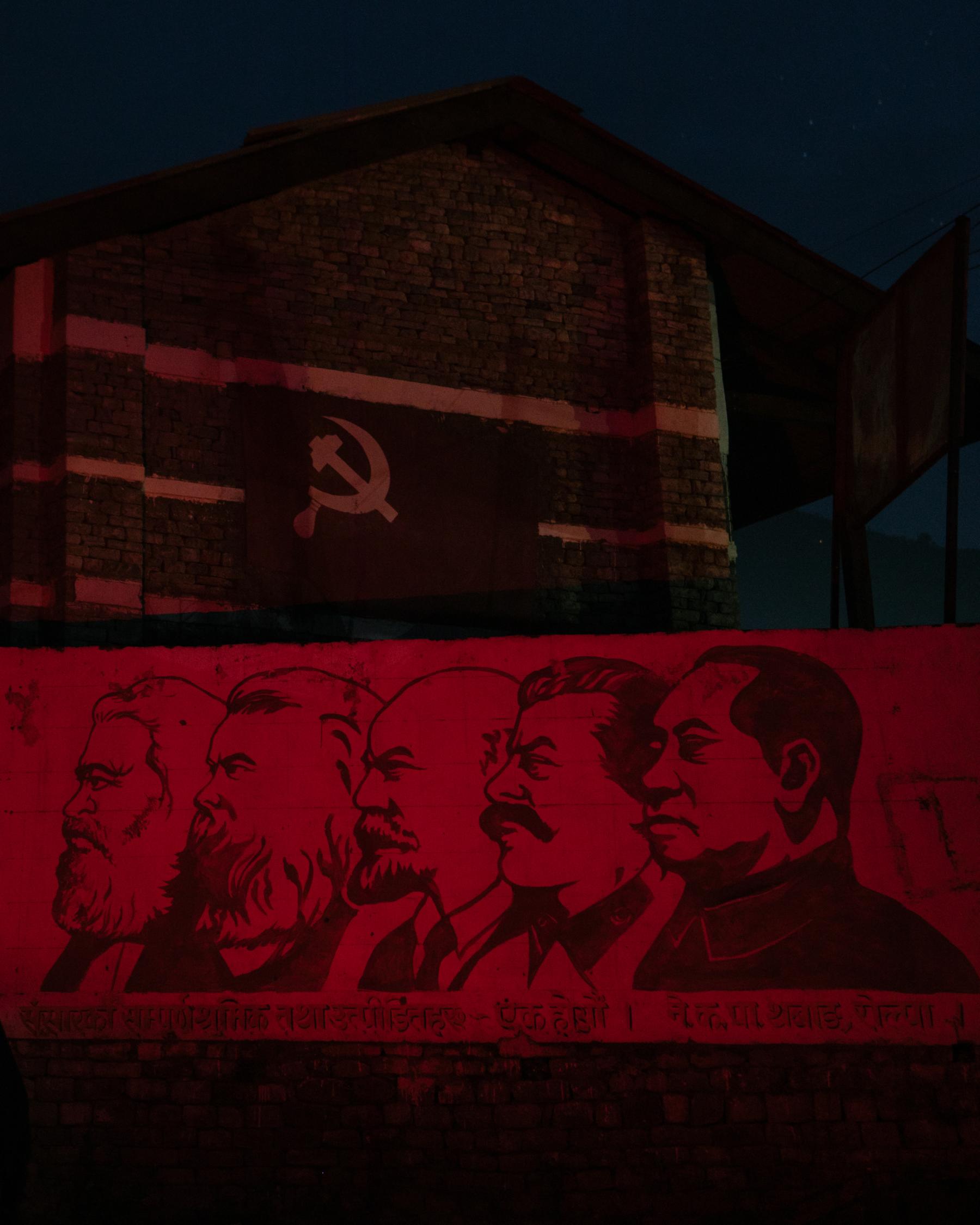
From the series Red is the Colour of Spring.
SM: In Red is the Colour of the Spring, you also photograph landscapes alongside people who have survived the war. Is it a way of building metaphors or translating traumatic memories onto the geography? How is it creating dialogue with the people from the war for you?
PS: I do not think it is possible to render traumatic memories into a visual language. For that project, I was traversing and photographing the landscape because it is an integral part of the story. The landscape was a witness to all the atrocities that took place, be it by the state or by Maoists. Once I was walking by a lake on a hill with an ex-Maoist combatant, Comrade Suman. It was a three-hour-long trek up the hill to reach where a major confrontation once took place. While we were walking, Comrade Suman told me how the tree would give them “laal salaam” (red salute). Because they have witnessed so much, they have also become comrades in arms in a way. I was really touched by it—the hills saluting the comrades “laal salaam.” The hills also protected the Maoists, gave them cover and often played a central role in the combatants' guerilla strategies. Therefore, the landscape inevitably became a prominent part of my work. I am not trying to translate memories through landscape, but I was photographing the landscape in its own significance.
Talking about war memories is difficult, and I feel guilty sometimes. They are like trying to scratch old wounds. It is why some people are straightforward about their refusal to talk about the past. Who am I to instigate the recollection of those difficult memories? There are so many people who have tried to seek justice but failed to do so. Some feel they have succeeded. Some feel proud of the war, while others feel guilty that they were a part of it. Many are still furious about the Maoist Party leadership, unsatisfied with how the war eventually ended. It becomes a complicated issue in hindsight. But, again, some people want to speak openly about the past because they want their experiences and memories to be archived somewhere to ensure that they are not forgotten.
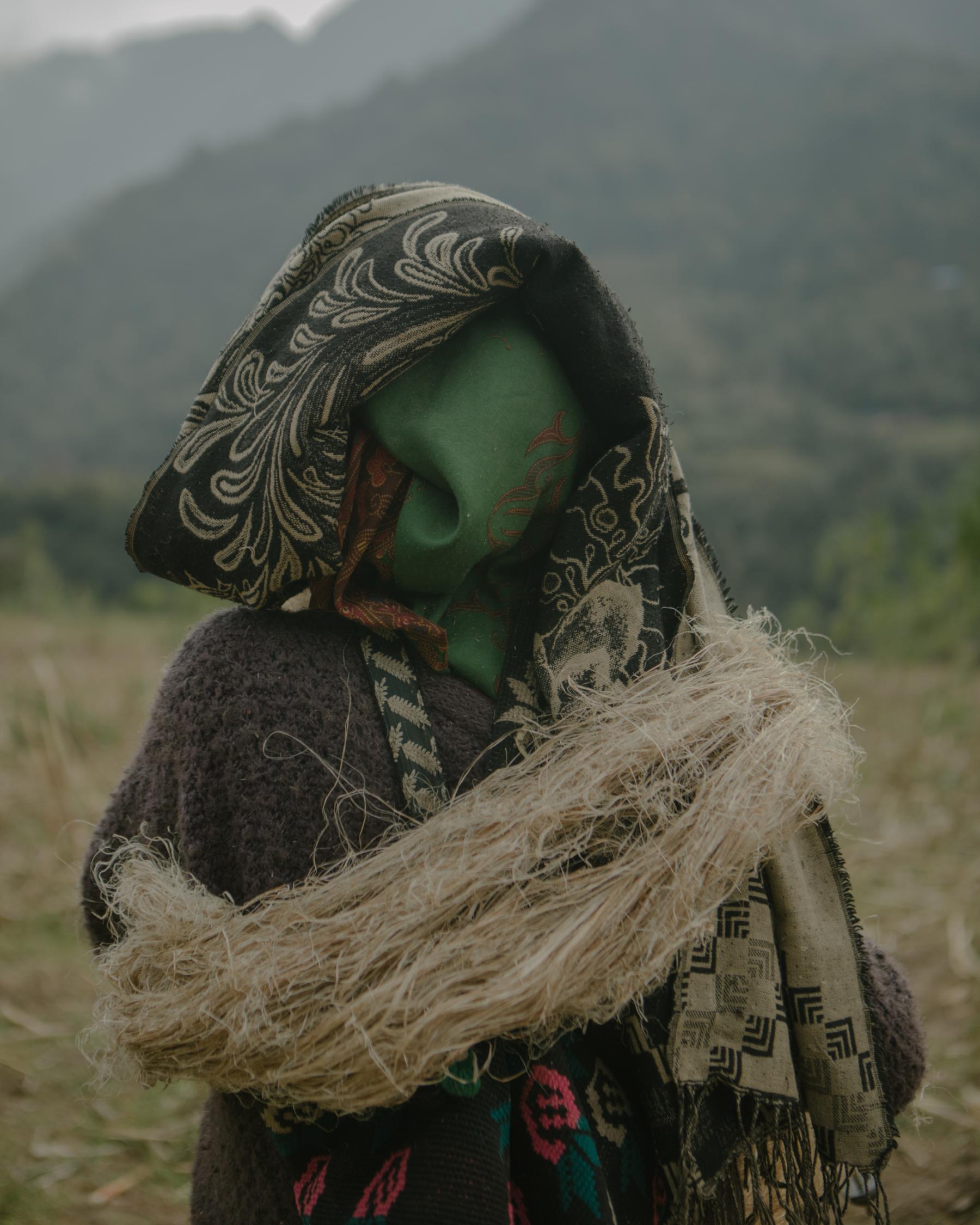
From the series Red is the Colour of Spring.
In case you missed the first part of the conversation, please read it here.
The Asia Arts Game Changer Awards are an Asia Society India Centre initiative. To learn more about the awards, revisit the ASAP | art podcast in which Najrin Islam speaks to Inakshi Sobti, Chief Executive Officer of the Asia Society, India about the event. Also read interviews with the winners of the 2022 edition which included Himmat Shah, Jasmine Nilani Joseph and Sumakshi Singh.
All images courtesy of Prasiit Sthapit.




